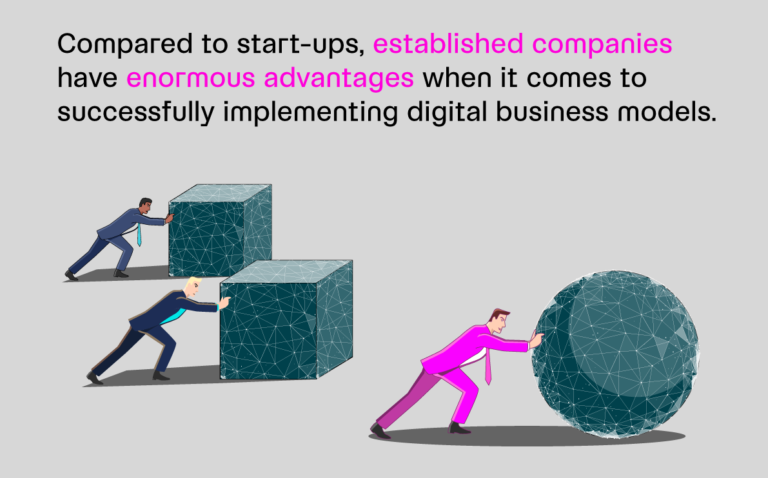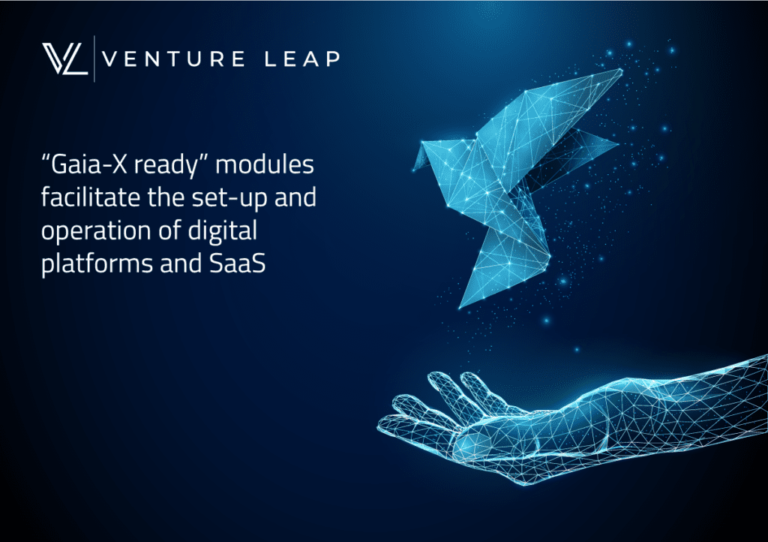You have to laugh a little at the word “minimum” in minimum viable product (MVP) … especially if you’re a startup founder who has made it to the critical phase of MVP development. There’s nothing “minimal” about the effort of developing an MVP.
When we’re talking about digital product development, a lot of scrum sprints, prototyping, A/B testing, sleepless nights, and added gray hairs go into reaching the MVP phase. It’s definitely a milestone to be celebrated.
So why do so many startups fail after MVP development? They translated their vision into a product—an amazing accomplishment—only to fizzle out. Failing to proceed to the next step, they miss the chance to fulfill the potential expressed in the MVP.
There are many reasons MVPs become dead ends. For example:
- Inventor Bias. The idea may not be as brilliant as the founders thought, and the data might call for a pivot.
- Failing to Prototype. Prototypes exist to tease out problems before the public has a crack at the product.
- Mistaking “Minimum” for “Maximum.” Overloading the MVP with features, or trying to design the perfect product for the launch, misses the point of an MVP.
Don´t follow in the footsteps of the cautionary tales, startups that made it to MVP but then struck out. Here are five tips to successfully transition from MVP to product:
1. Collect and Analyze Feedback
Remember, the point of an MVP is to collect feedback from your customers, not to take the market by storm. That’s why the goal of MVP development is to include the minimum features necessary to start presenting the product to its target market.
Prior to your MVP launch, all you have to go on are focus groups and suppositions. MVP development is about using the data gathered from the MVP to perfect the product.
To use the MVP phase correctly, you have to be ready to collect the real data that your customers will supply you with as they interact with your product. Track user behavior, interactions, and dropoff at every touchpoint to identify features that can be improved, added, or omitted as you move from MVP to product.
Remember to address all the feedback, including negative comments. Customers who give negative feedback are doing you a favor—pointing out problems that you can fix as you move past MVP development and into product development.
2. Address Scalability
Many startups have failed spectacularly after a successful MVP development because they didn’t consider how to scale. As you move from MVP to product, it’s important to stop safeguarding against failure and start preparing for success—what if 100,000 people wanted your product overnight? Do you have the staff, infrastructure, and inventory to handle that many orders?
In the case of digital product development, this usually means addressing your automations, SOPs, support staff contingencies, and scalable cloud services like CRMs, payment APIs, and virtual contact centers. The last thing you want is for your product to fail because it is too good.
3. Think Hard About Pricing
Pricing is another sticking point in the MVP phase of digital project development. After all, you don’t want to test your price assumptions on a “minimum viable product,” right? It’s probably of minimal value to the customers, so what they would be willing to pay for it wouldn’t be accurate.
Not so. The point of MVP development is not to create a slipshod or half-baked product. While it might not have all the features the final product will have, a good MVP will address the key pain points the product is designed to solve.
In the case of digital product development, MVP buyers could buy in on the assumption that their purchase will be upgraded to the full version once you graduate your offering from MVP to product.
If you want to use your MVP to test your price assumptions, consider tracking traffic, not just conversions. At what price point does traffic drop off? Performing this kind of analysis could help you identify the price point that the market will bear once the finished product is ready for prime time.
4. Invest in your Marketing Strategy
Because it isn’t the final product, many startups hesitate to invest in marketing when they launch their MVP. Again, this is a mistake. Your MVP launch isn’t just useful for tracking consumer response to a basic version of the product—it’s also a perfect chance to zero in on the marketing strategy that will serve you the best once you upgrade from MVP to product.
Your MVP traffic is also ripe for collection as leads. By using email signup lists and remarketing pixels or cookies, you can begin to build a stable of qualified leads to reach out to once your finished product is ready for launch—leads that already expressed interest in your MVP.
5. Perform Continuous Analysis and Testing
Even once you transition from MVP to product, the testing and analysis are not over. MVP development is more than just a dry run for your product—it’s also a dry run for your KPI metrics.
Everything you track during the MVP launch—traffic, abandoned carts, conversions, social engagement, customer feedback, etc.—needs to stay on your radar during the product launch. That way, you can constantly improve your customer journey and the product itself, leading to greater customer satisfaction.
Even if you got a head start on marketing in the MVP phases (see #4), continue to track the performance of your campaigns and perform A/B testing to zero in on the best cost-per-conversion possible.

If this sounds like the start of a long haul, you’re not imagining things. Transitioning from MVP to product is not for the faint of heart. But if you made it through the MVP development phase, you have what it takes. With proper planning and understanding of the pitfalls to avoid, the MVP won’t be the end of your startup’s story—it will only be the beginning, a first step on the path to greatness.
At Venture Leap, we help SMEs leaders with their digital transformation strategy and execution. Get in touch or book a free session below if you want to know how digital product development and digital transformation go hand in hand.




